Forums
- Forums
- Duggy's Reference Hangar
- USAAF / USN Library
- INTERSTATE TDR-1 ASSAULT DRONE
INTERSTATE TDR-1 ASSAULT DRONE
Post a reply
- Go to Previous topic
- Go to Next topic
- Go to Welcome
- Go to Introduce Yourself
- Go to General Discussion
- Go to Screenshots, Images and Videos
- Go to Off topic
- Go to Works in Progress
- Go to Skinning Tips / Tutorials
- Go to Skin Requests
- Go to IJAAF Library
- Go to Luftwaffe Library
- Go to RAF Library
- Go to USAAF / USN Library
- Go to Misc Library
- Go to The Ops Room
- Go to Made in Germany
- Go to Campaigns and Missions
- Go to Works in Progress
- Go to Juri's Air-Raid Shelter
- Go to Campaigns and Missions
- Go to Works in Progress
- Go to Skinpacks
- Go to External Projects Discussion
- Go to Books & Resources
-
13 years agoSun Oct 06 2019, 11:08am
 Main AdminInterstate BQ-4/TDR
Main AdminInterstate BQ-4/TDR
As early as August 1936, Lt Cdr D.S. Fahrney of the U.S. Navy suggested the development of unmanned remotely-controlled aircraft for use in combat. A low-priority program to develop these aircraft, called "assault drones" at that time, was begun, but progress was slow because necessary technology was simply non-existing. However, around 1940 two new key components were ready for testing, the radar altimeter (to prevent the drone from flying into terrain) and television (to make guidance from a stand-off distance possible). In 1941, converted manned aircraft were flown under remote control, where the operator in the control plane no longer needed to keep visual contact with the drone but could instead watch a TV screen with an image from a drone-mounted camera. In April 1942, a TV-controlled drone was successfully guided into a target ship from a control aircraft 50 km (30 miles) away. In the same month, the U.S. Navy ordered two XTDR-1 assault drone prototypes and 100 TDR-1 production machines from Interstate. Shortly before, the Naval Aircraft Factory had also received an order for 100 production examples of the very similar TDN-1.
The TDR-1 was a simple aircraft powered by two Lycoming O-435-2 piston engines. The TDR-1 used low-performance engines and relatively few strategic materials, so it didn't interfere with wartime aircraft production. The TDR-1 had a very simple cockpit which was manned by a backup pilot for test flights. The pilot would only take over the controls when the remote control equipment failed or when the aircraft was landed. In unmanned operational missions, the cockpit canopy was replaced by a flush fairing, and the landing gear was dropped after take-off. The TDR-1 could be armed with either a torpedo or a 900 kg (2000 lb) bomb.
US NAVY SPECIAL TASK AIR GROUP ONE, SOLOMON ISLANDS, AUTUMN 1944
When deployed to the Pacific Theater of Operations in May 1944, the TOR-1 assault drones were still finished in their original scheme of dark sea blue over white. Aside from the usual national insignia, markings consisted of the occasional name on the nose and sometimes a tactical number painted on the tail. During combat operations, the forward cockpit windscreen was removed, and the cockpit was faired over with a plate. After takeoff, the landing gear was dropped since the TDR-1 was on a one-way mission. The TBM-1 C Avenger control aircraft was modified with a large receiver/transmitted antenna under the rear fuselage contained in a dome-shaped cover.
The US Navy had continued to experiment with larger radio-controlled aircraft as target drones in the late 1930s, and they were deployed with Utility Squadron Five (VJ-5) at Cape May, New Jersey, in March 1941 to train Navy antiaircraft gunners. The VJ-5 commander, Lt. Robert Jones, suggest using the drones as aerial rams to attack enemy fighters, eventually leading to the Navy's Gorgon antiaircraft missile program. In the meantime, the Navy had been sponsoring the development of alternative flight control and navigation technologies including RCA's television camera and the Navy Research Lab's (NRL) radar guidance system. These offered the possibility of guiding the drone much more accurately than radio control, and in 1941 a program was started to develop "assault drones." These could be used either as guided missiles, impacting against an enemy target, or as UCAVs, dropping a weapon and then returning to base. The Navy ordered the production of the first TDN-1 assault drones by the Naval Aircraft Factory in March 1942. Since the drone was expendable, the Navy wanted a simpler and less expensive type, which was manufactured by Interstate Aviation as the TDR-1. The Navy's top secret Operation Option envisioned as many as 18 attack drone squadrons, 162 TBF Avenger control planes, and 1,000 assault drones. This ambitious scheme was whittled down considerably, and in March 1944, two Special Air Task Force (SATFOR) squadrons were dispatched to the Pacific Theater to demonstrate their capabilities. The TDR-1 were initially used as guided missiles at Bougainville in September 1944, flown into Japanese bunkers and gun positions. On October 19, 1944, they were used for the first time in a UCAV configuration, dropping bombs on targets on Ballale Island, south of Bougainville. They were not UCAV in the contemporary sense, since they lacked the capability to return safely to base. The Navy was not overly impressed with the results, although a similar concept was tested in the Korean War using radio-controlled Hellcat fighters as primitive missiles.
The TD2R was to be a variant of the TDR with two Franklin O-805-2 engines of 335 kW (450 hp) each. However, two XTD2R-1 prototypes were cancelled and completed as XTD3R-1 (q.v.). The USAAF reserved the designation XBQ-5 for the XTD2R-1, but didn't procure one, either.
Last of the TDR variants was the TD3R, which was powered by two Wright R-975-13 engines of 333 kW (450 hp) each. Three XTD3R-1 and one XTD3R-2 were built, but a batch of 40 TD3R-1 production drones was cancelled. The USAAF allocated the designations XBQ-6 for prototypes and BQ-6A for production machines, but did not procure any BQ-6 aircraft before the whole program was cancelled in 1944.
Wingspan 14.6 m (48 ft)
Weight 2700 kg (5900 lb)
Speed 225 km/h (140 mph)
Range 685 km (425 miles)
Propulsion 2x Lycoming O-435-2 piston engine; 163 kW (220 hp) each
Warhead 900 kg (2000 lb) general-purpose bomb or torpedo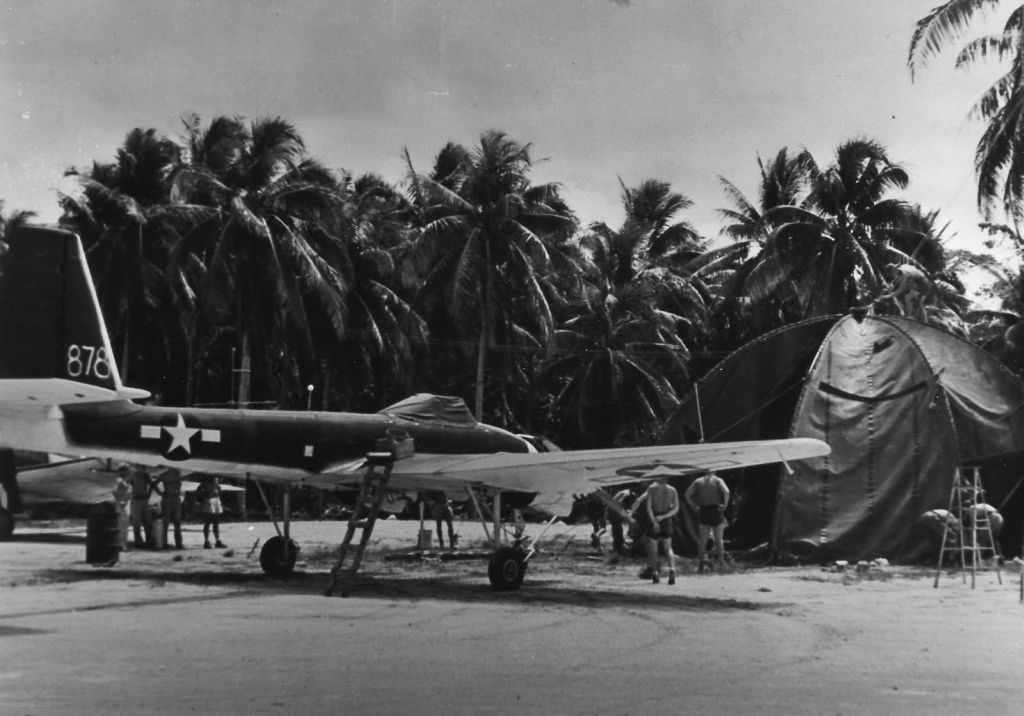
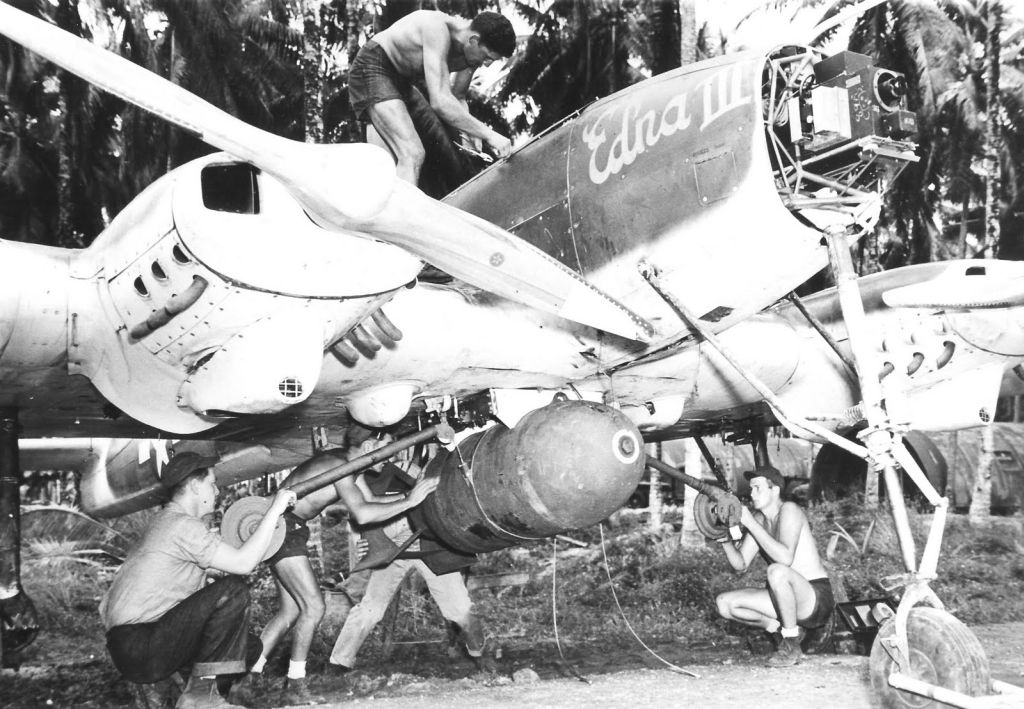
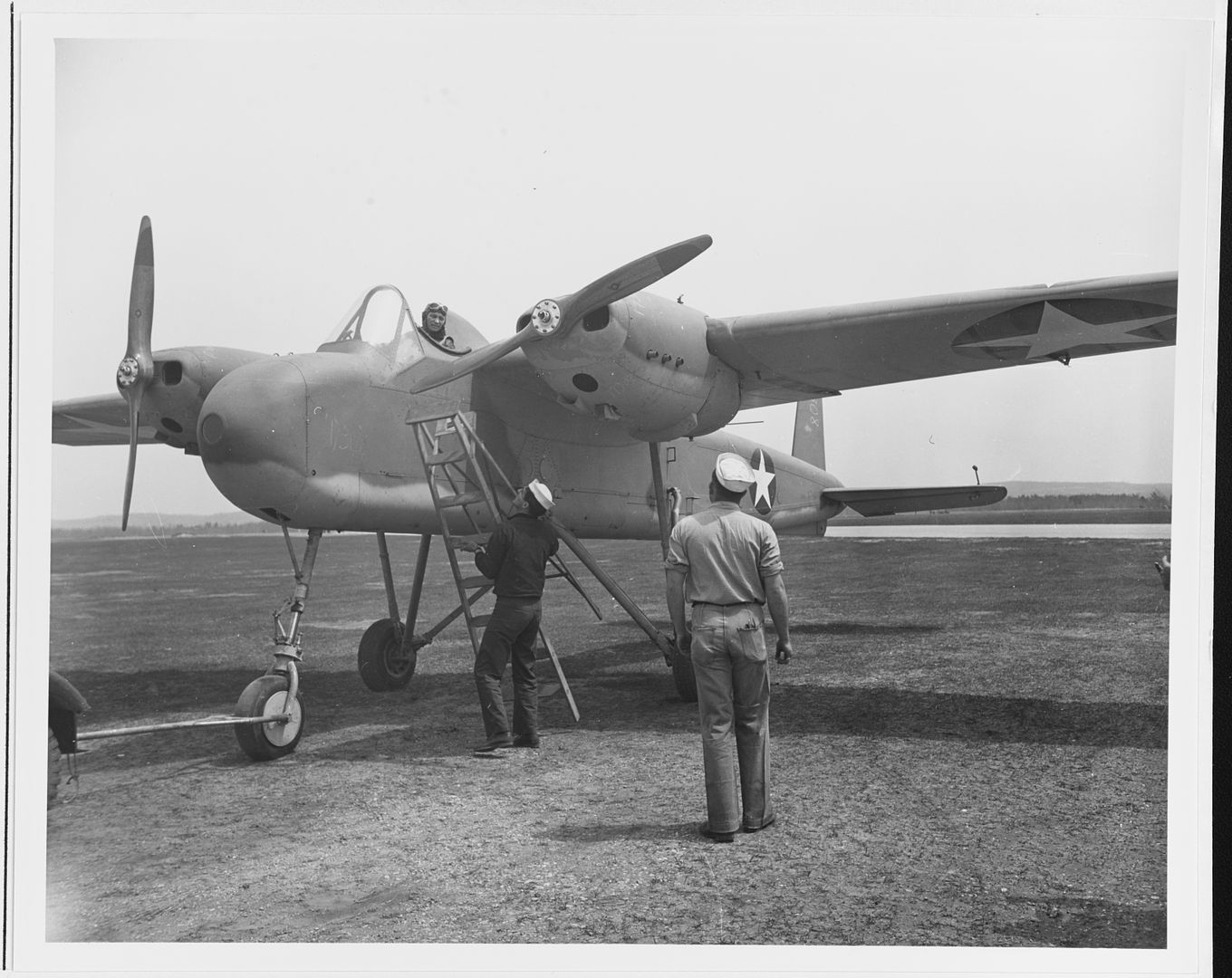
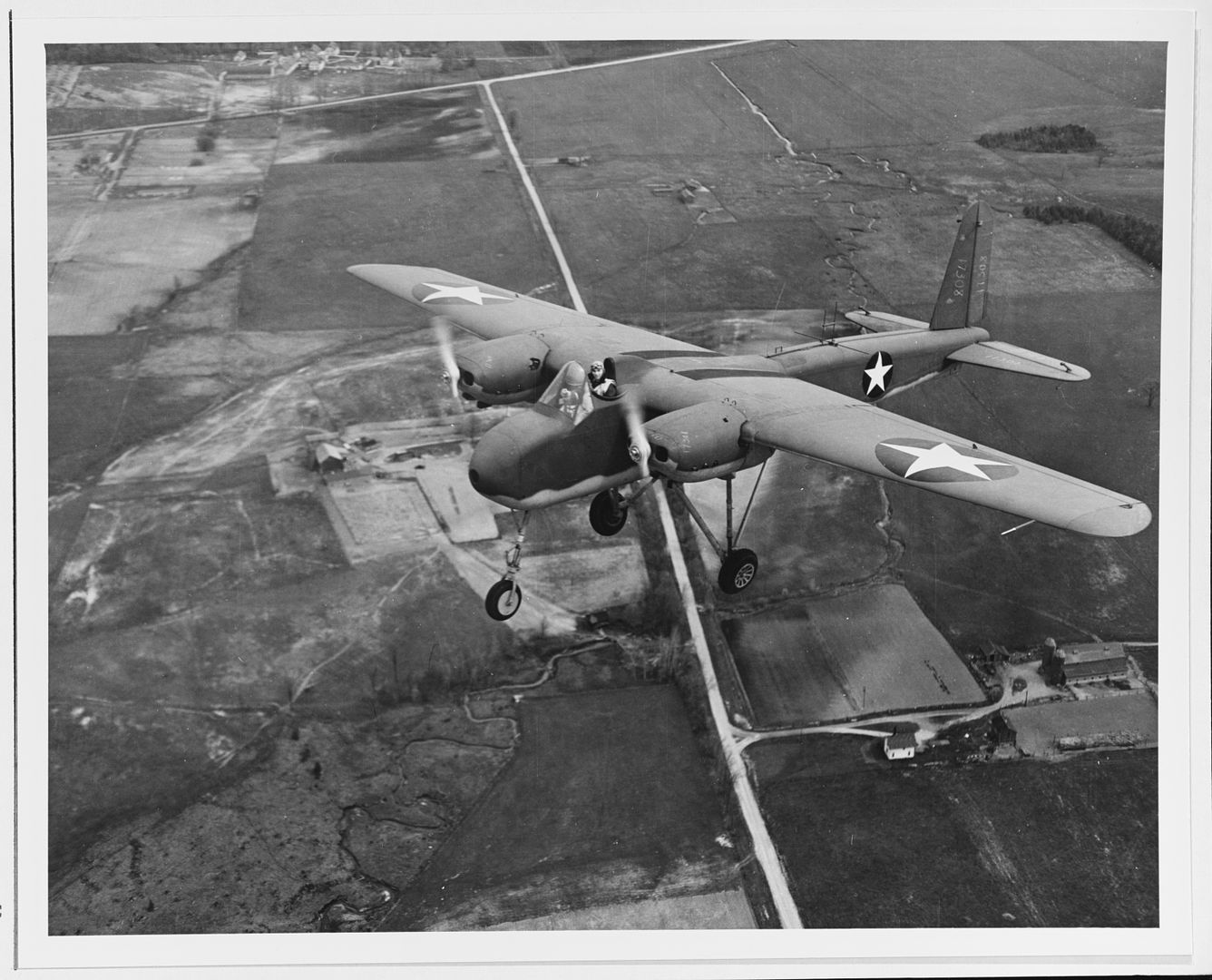
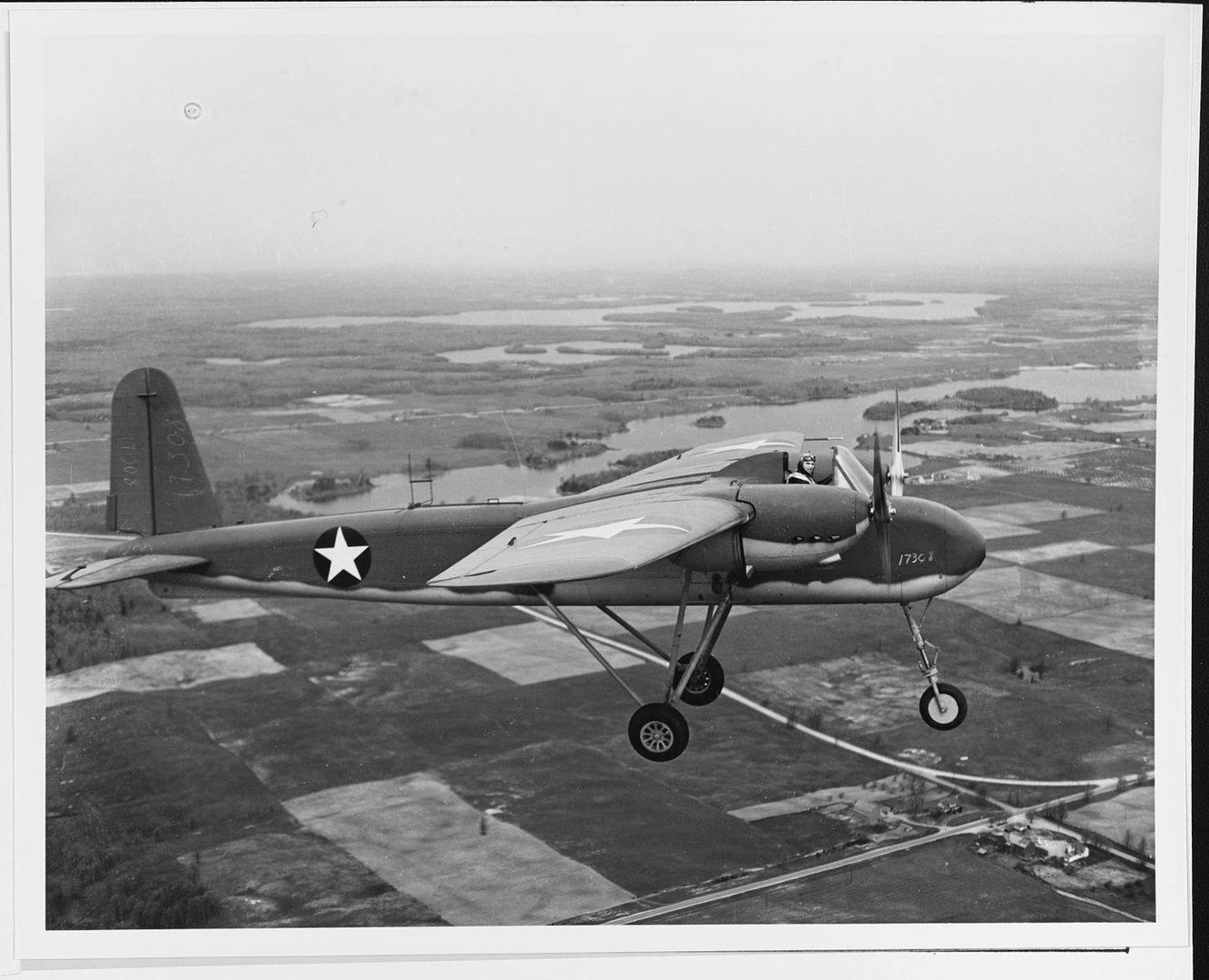
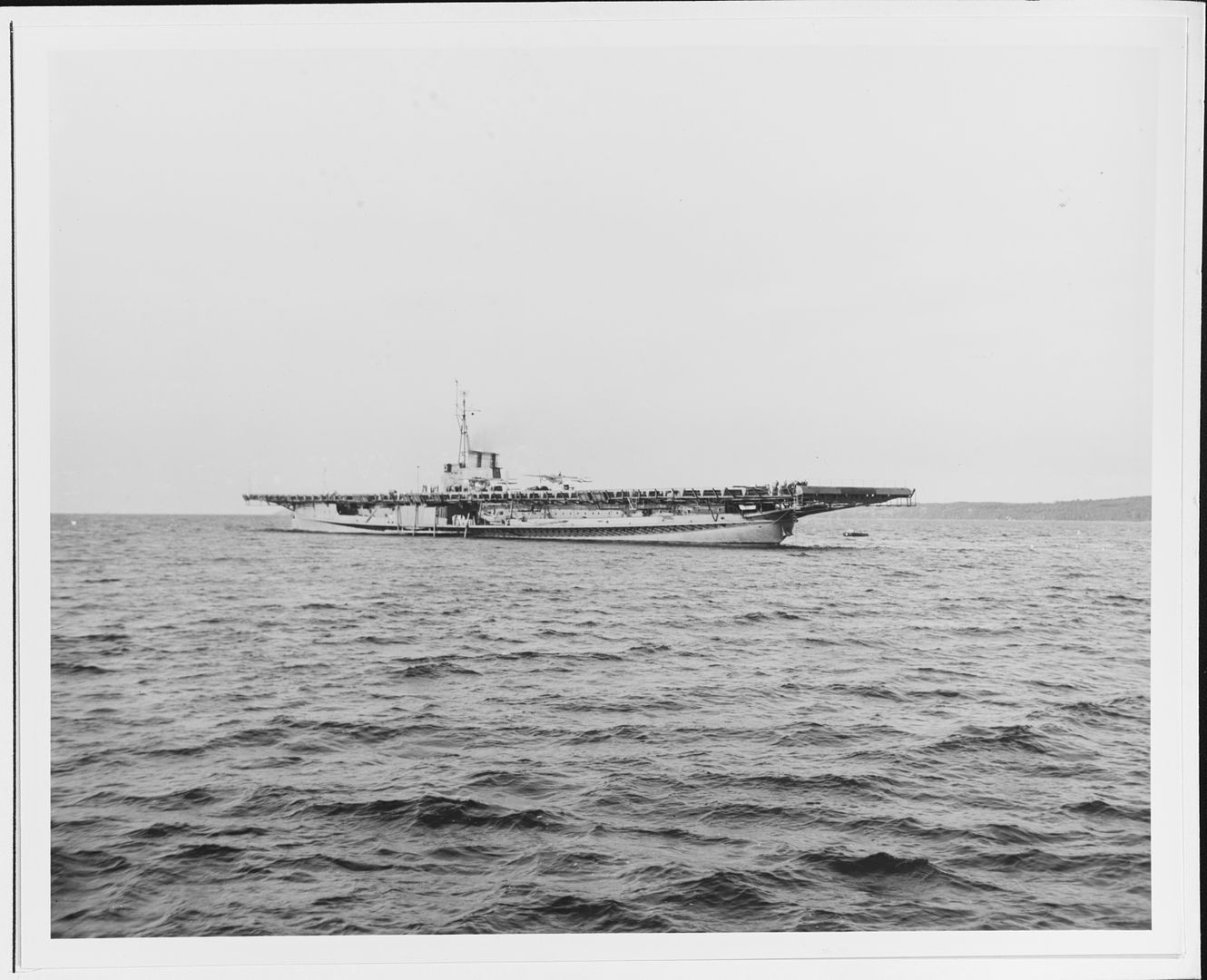
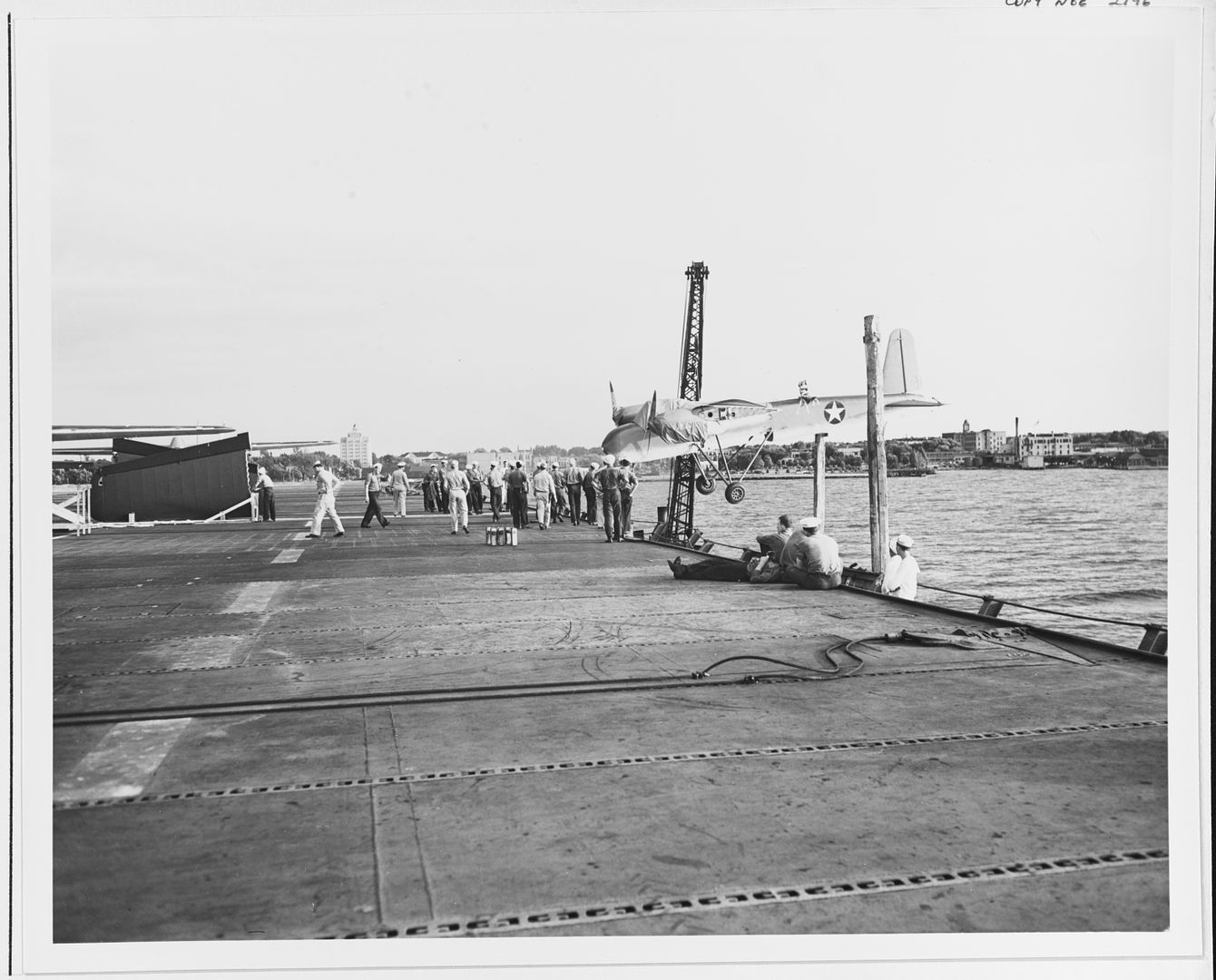
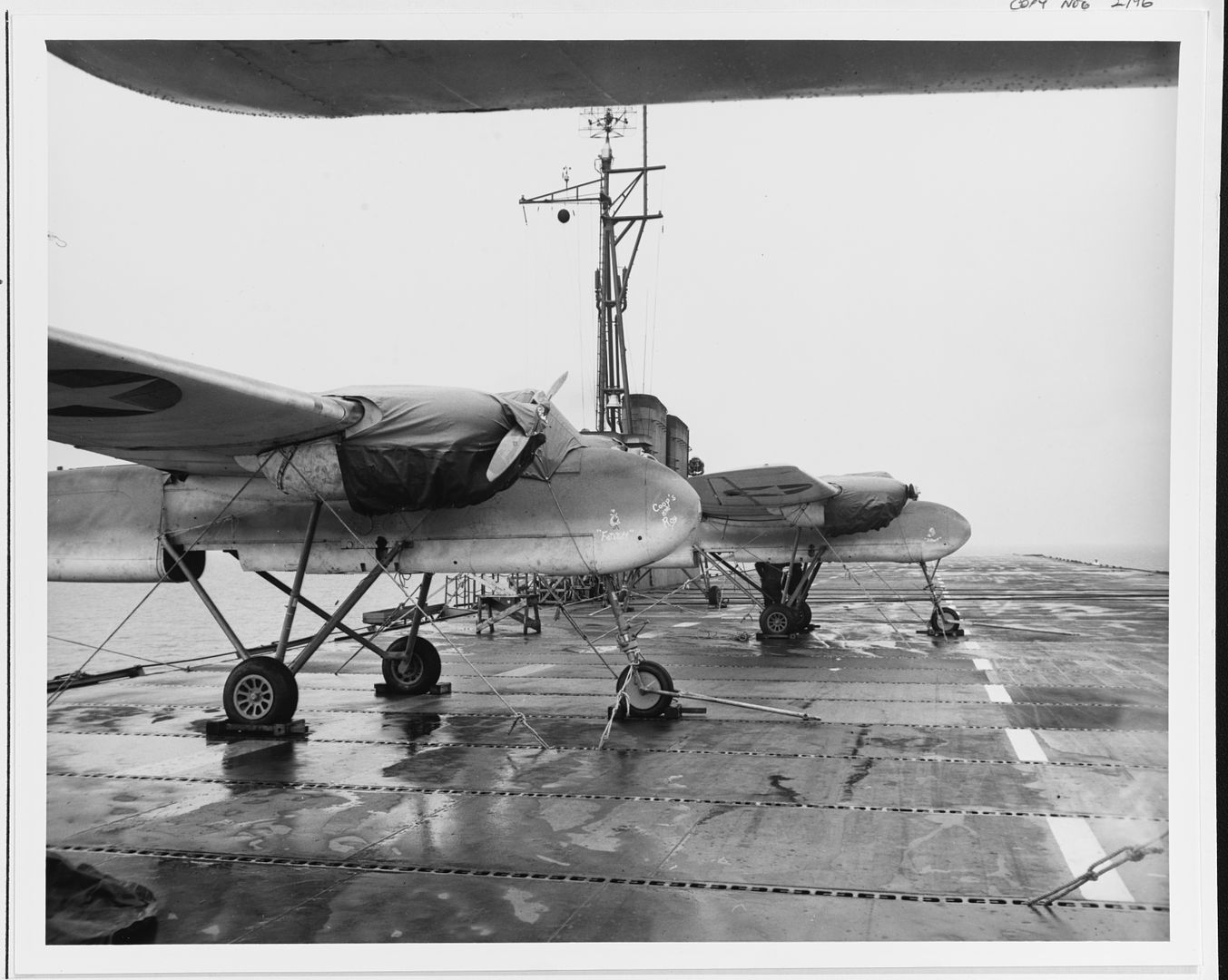

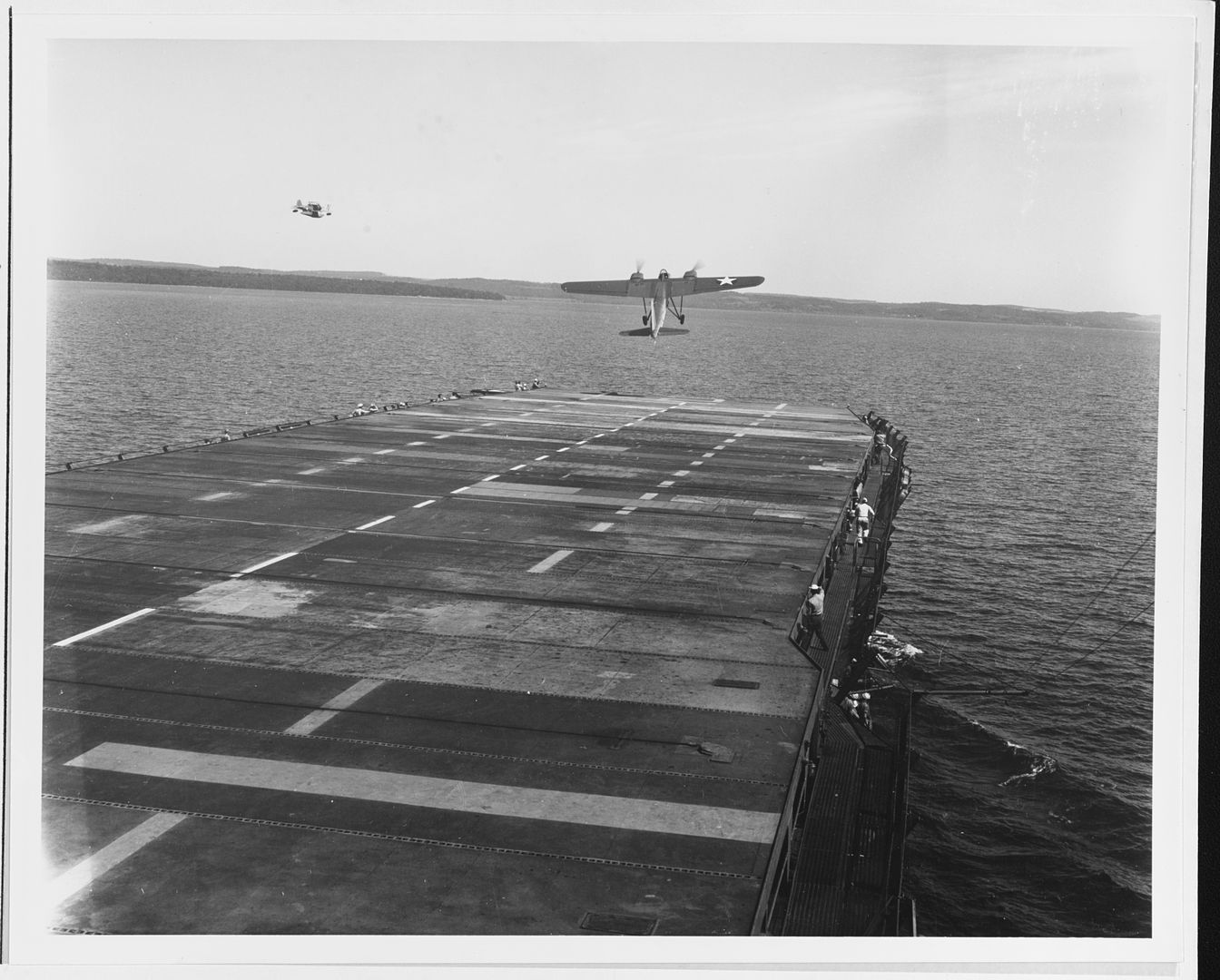
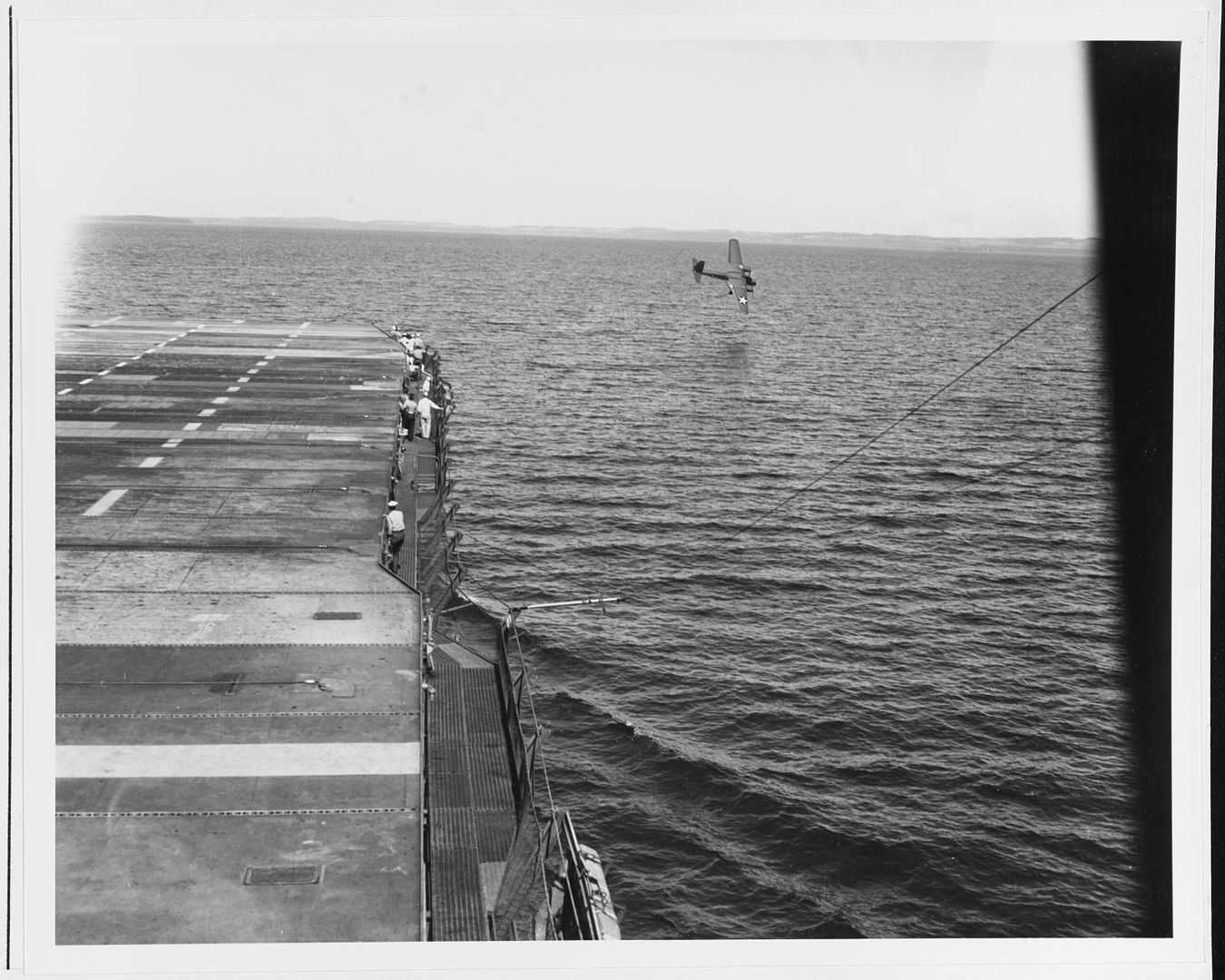
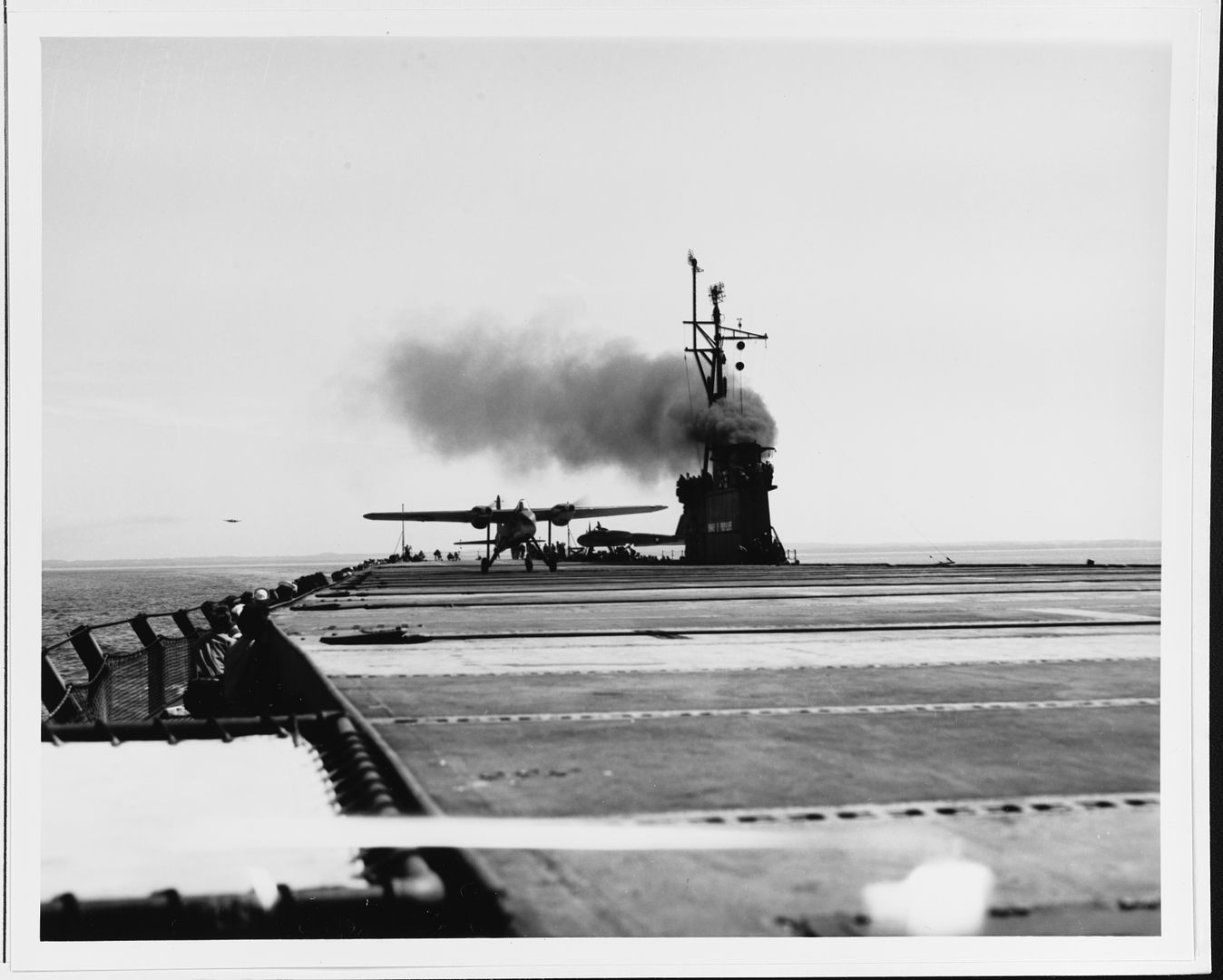
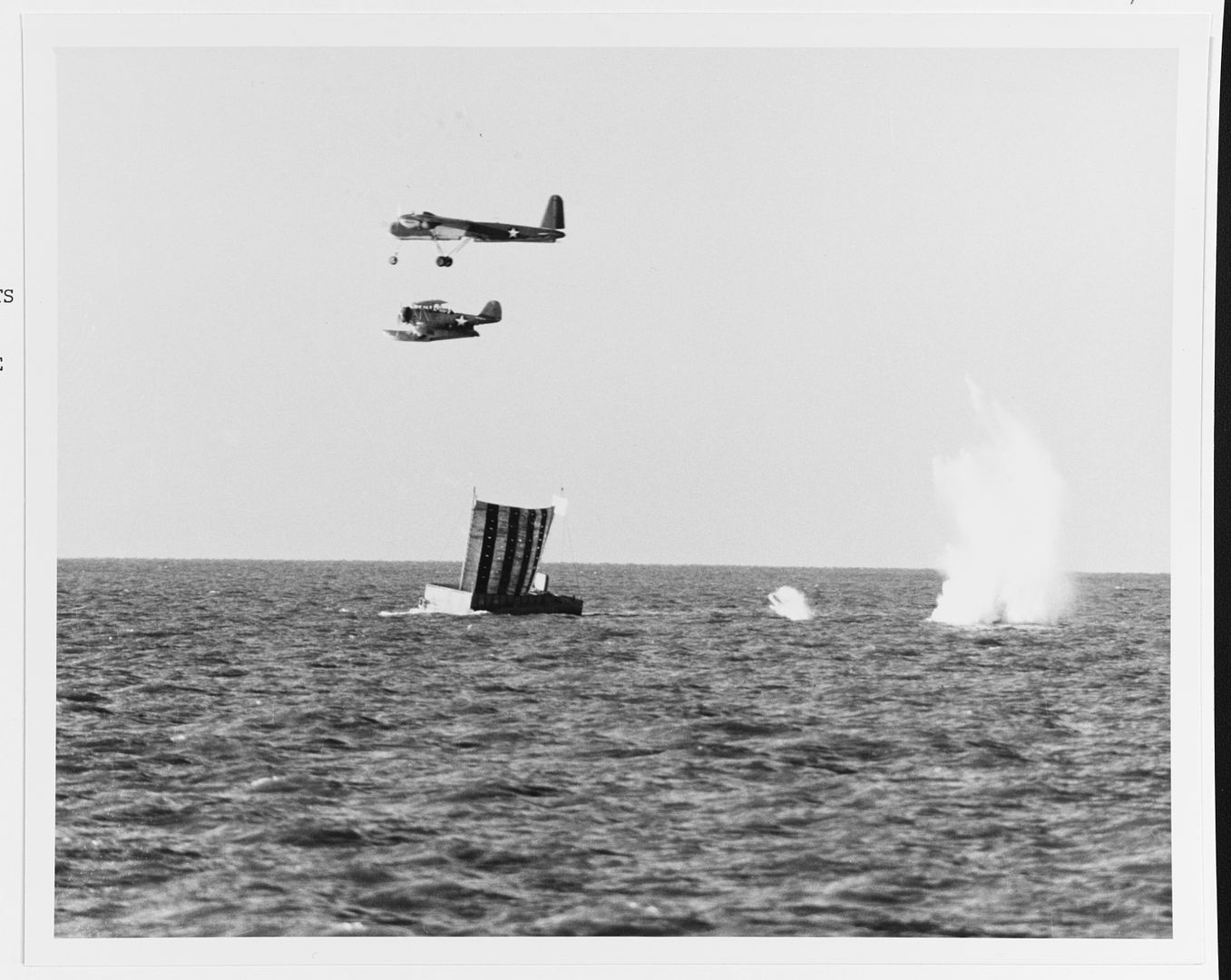


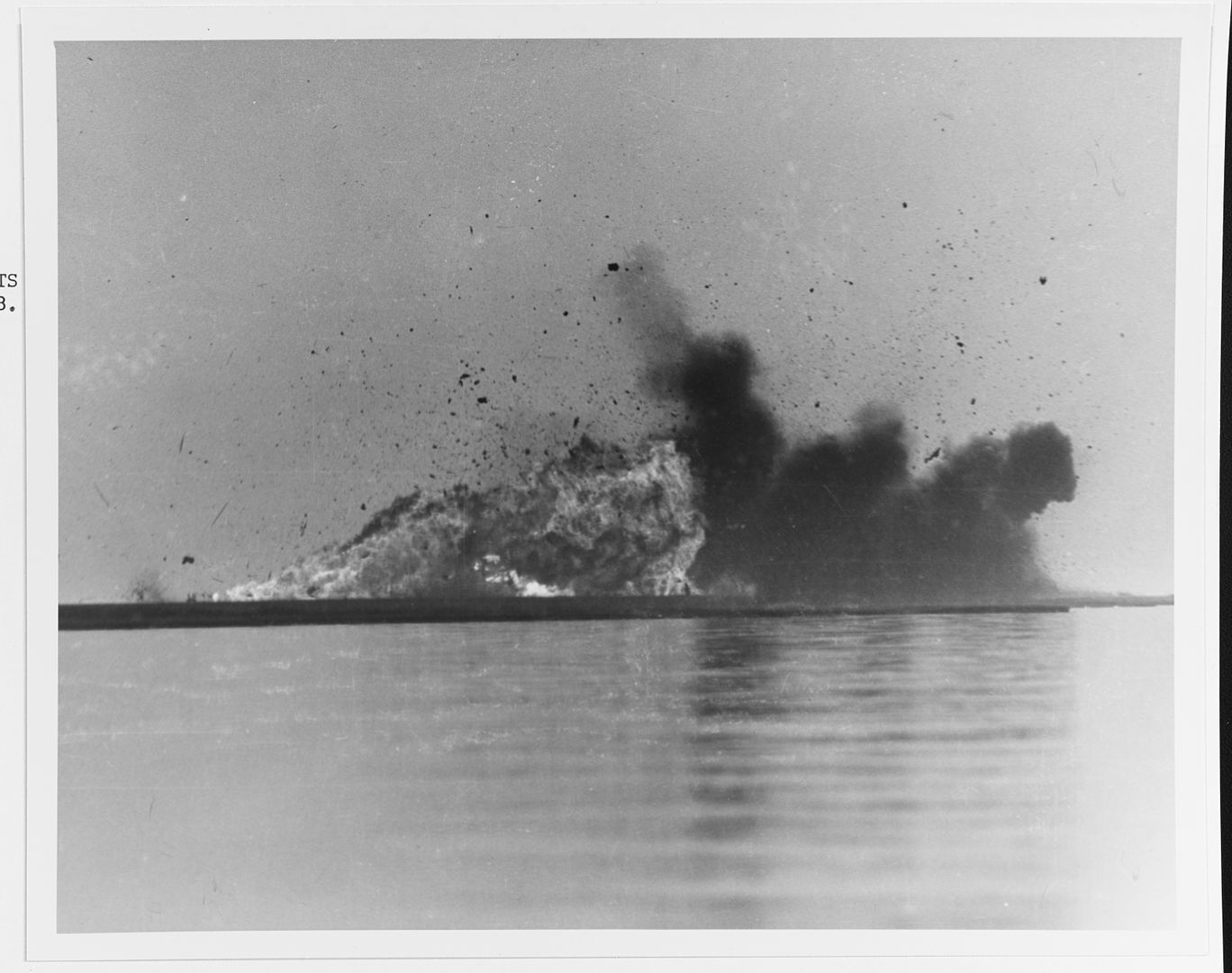

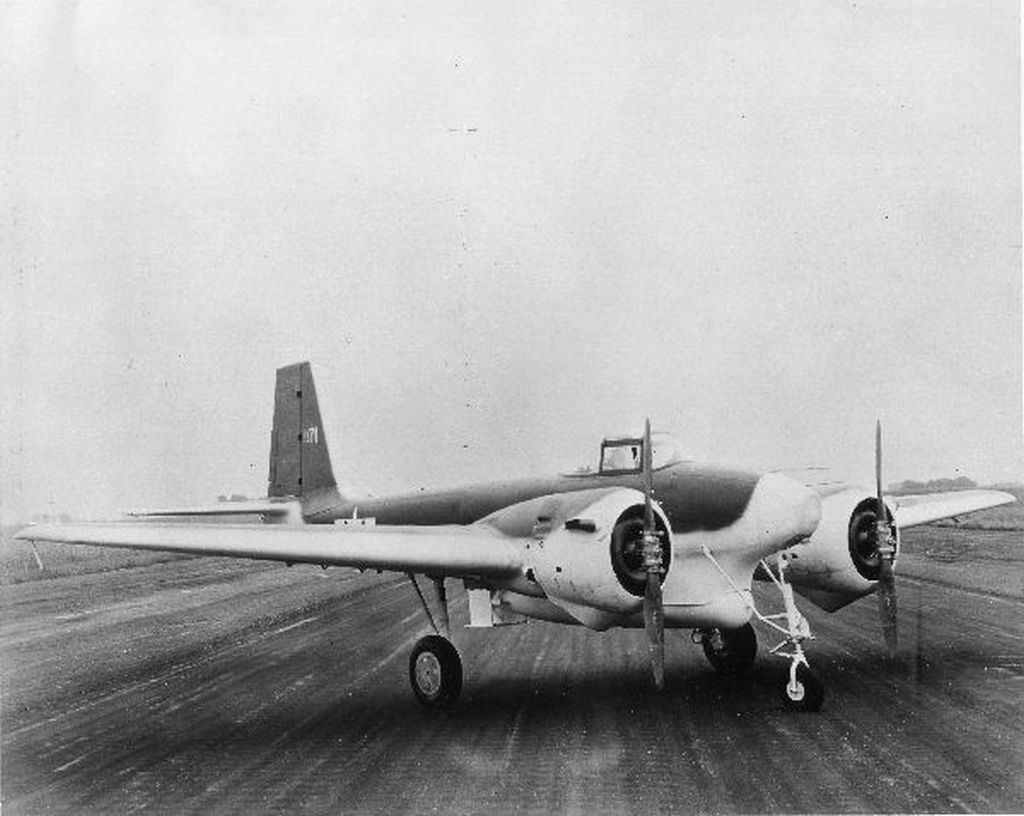
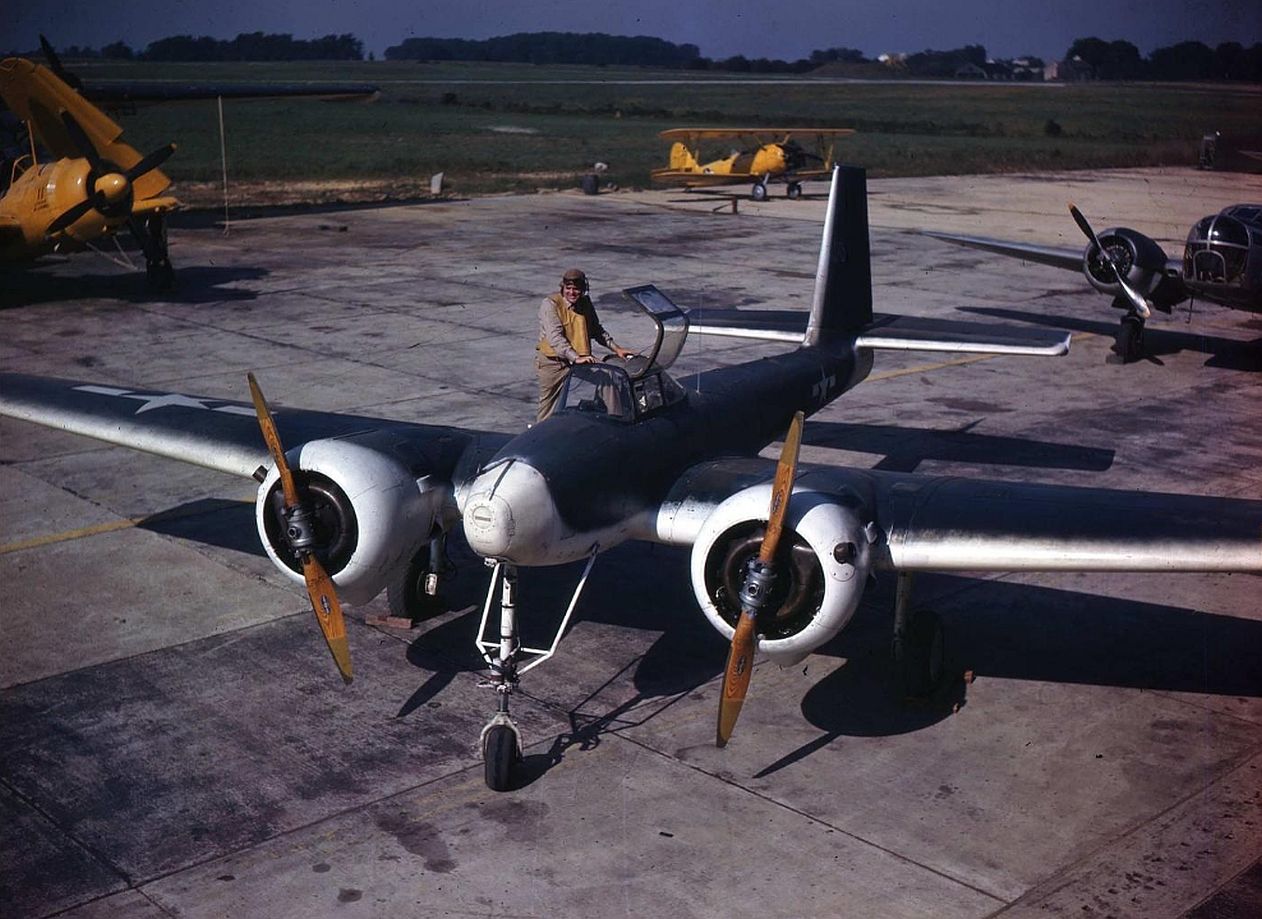
Above TDR-1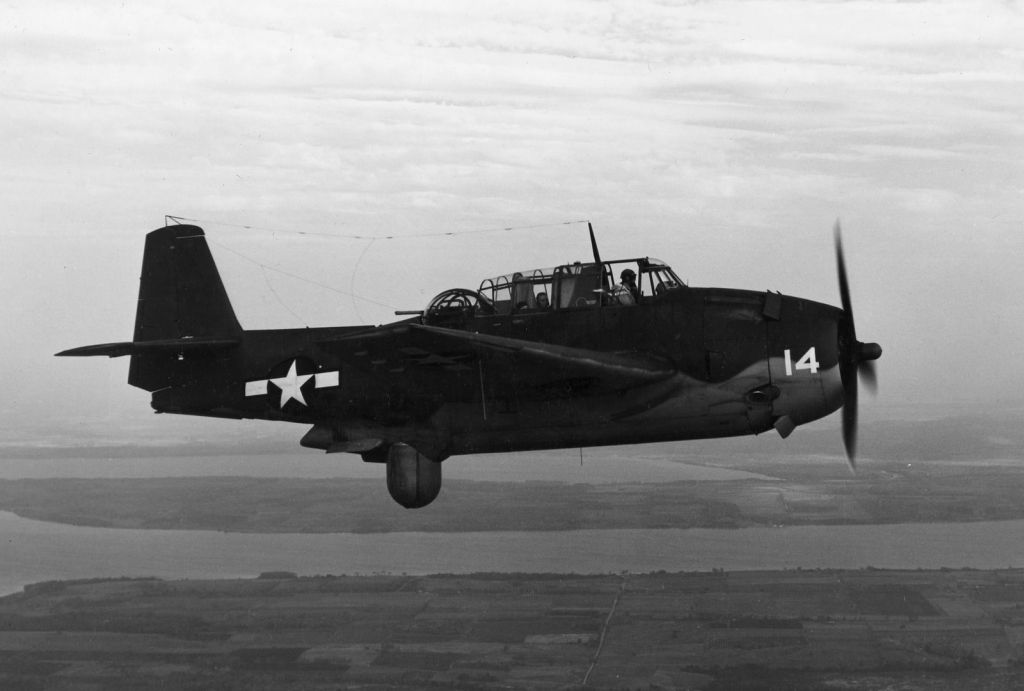
Above TBM-1C Avenger control aircraft.
Regards Duggy.
Post a reply
- Go to Previous topic
- Go to Next topic
- Go to Welcome
- Go to Introduce Yourself
- Go to General Discussion
- Go to Screenshots, Images and Videos
- Go to Off topic
- Go to Works in Progress
- Go to Skinning Tips / Tutorials
- Go to Skin Requests
- Go to IJAAF Library
- Go to Luftwaffe Library
- Go to RAF Library
- Go to USAAF / USN Library
- Go to Misc Library
- Go to The Ops Room
- Go to Made in Germany
- Go to Campaigns and Missions
- Go to Works in Progress
- Go to Juri's Air-Raid Shelter
- Go to Campaigns and Missions
- Go to Works in Progress
- Go to Skinpacks
- Go to External Projects Discussion
- Go to Books & Resources
